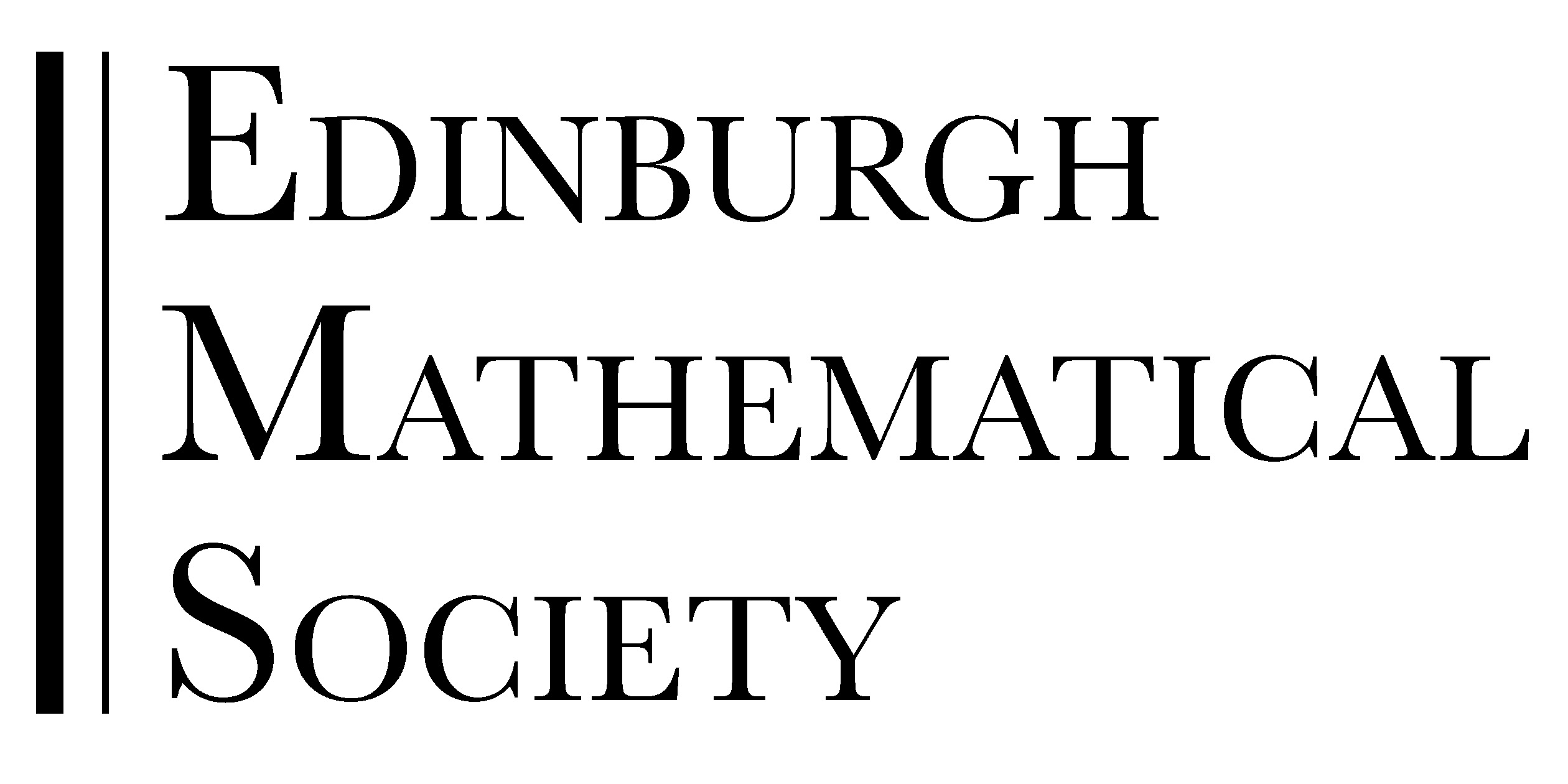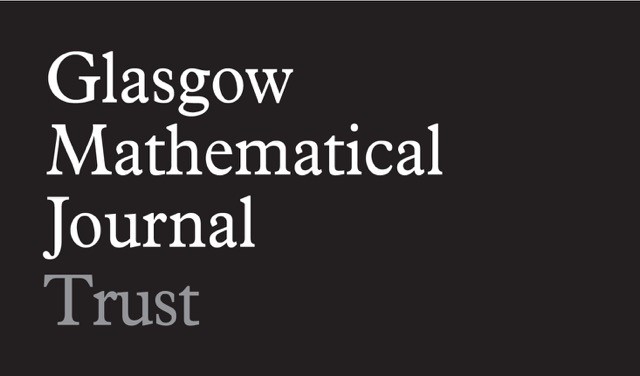Beyond Lorentzian Geometry
ICMS
Recent years have witnessed a growing interest in the study and application of non-Lorentzian geometries such as Newton-Cartan and Carrollian geometries. They feature in such diverse areas such as
- approximations of general relativity
- fluid dynamics and (soft)-condensed matter physics
- string theory
- holography
- asymptotically flat spacetimes (BMS symmetries)
- black hole physics
Geometry plays an important role in all of these areas and non-Lorentzian structures have been found to appear in worldsheet geometries, spacetime boundaries, string target spacetimes, near horizon geometries, non-relativistic field theories on nontrivial backgrounds, etc.
In this workshop we would like to bring together researchers working on both mathematical and physical aspects of these novel geometries.
Speakers
- Igal Arav (Imperial College London)
- Glenn Barnich (Université Libre de Bruxelles)
- Eric Bergshoeff (University of Groningen)
- Dieter Van den Bleeken (Boğaziçi University)
- Shira Chapman (University of Amsterdam)
- Troels Harmark (Niels Bohr Institute)
- Niels Obers (Nordita and Niels Bohr Institute)
- Stefan Prohazka (Université Libre de Bruxelles)
- Valentina Giangreco Puletti (University of Iceland)
- Jan Rosseel (University of Vienna)
Organisers
For questions please contact:
José Figueroa-O'Farrill (j.m.figueroa@ed.ac.uk)
Jelle Hartong (j.hartong@ed.ac.uk)
Sponsors
Partial support for this activity comes from the Edinburgh Mathematical Society via their Research Support Fund and from the Glasgow Mathematical Journal Trust via their Learning and Research Support Fund. We are very grateful to these Scottish institutions for supporting our workshop.


